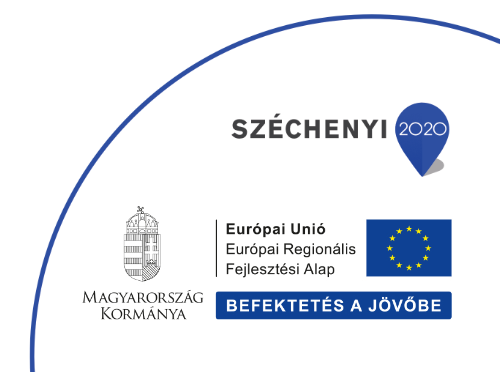Following an assessment led by the National Research Infrastructures Board (NRIB) and involving external experts, a total of 111 national research infrastructures were rated from 2024 to 2021, including the 2021 ratings. These were classified in four categories: excellent RI, excellent RI network, promising RI and promising RI network.
In the online platform, available from 5 January to 18 March 2024, 119 new research infrastructures were nominated by national research organisations for the rating process. The submissions were assessed according to the European Strategy Forum for Research Infrastructures (ESFRI) disciplines, which are categorised into Energy, Environment, Health and Food Sciences, Physical Sciences and Engineering, Social and Cultural Innovation and e-Infrastructures. Several technical aspects were taken into account in the evaluation.
- Uniqueness, scientific excellence, national strategic importance, and national connectivity
- International cooperation and partnerships
- Open access and usability
- Education and training
- Industrial innovation and collaboration
Pázmány ITK Jedlik Laboratories received an Excellent rating in the category E-infrastructures! Read the news in Hungarian HERE.
The Jedlik Laboratories conduct research in three key areas: biology, computer science, and info-bionics, with the involvement of four, sixteen, and thirteen research groups, respectively.
By incorporating the latest developments in biology, bionics, electrical engineering and computer science, the faculty ensures the programs stay at the forefront of technological advancements. One notable aspect of our research is the active participation of both undergraduate and graduate students.
The Jedlik Laboratories focus on a diverse range of research areas, including biology-inspired and neuromorphic models, bioinformatics, systems biology, nanotechnology, molecular dynamics, optics, sensing, bio-interfaces, cellular wave computing, hardware-software technologies, microelectronic systems, human language technologies, sensory robotics, navigation, artificial intelligence, machine learning, software technology, computer algorithms, medical diagnostics as well as rehabilitation applications.


